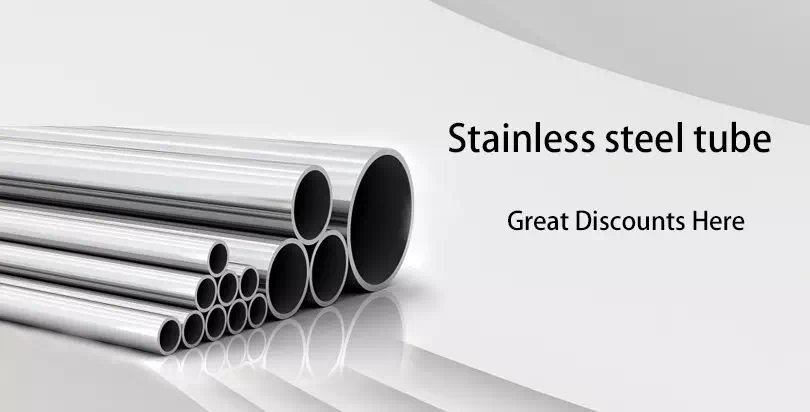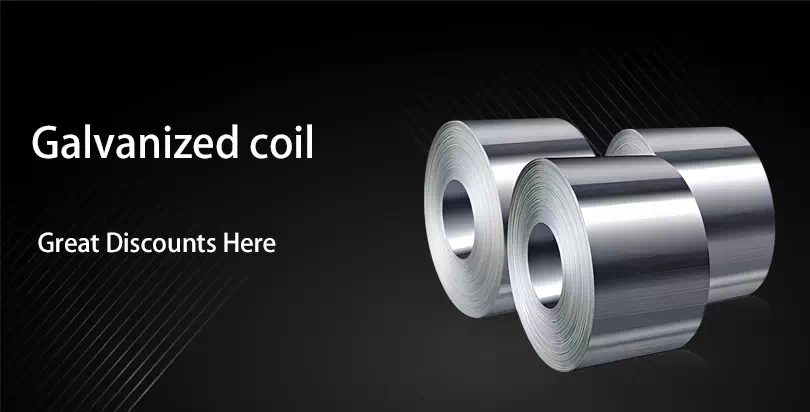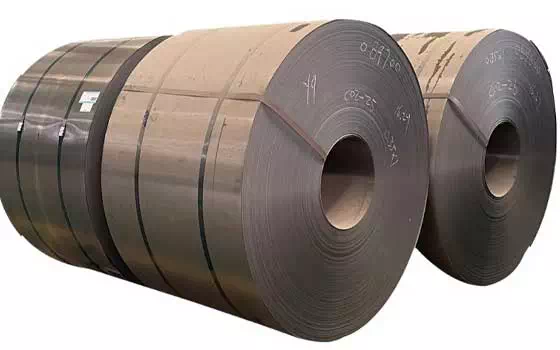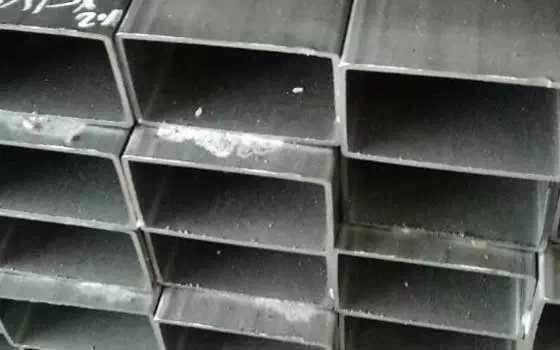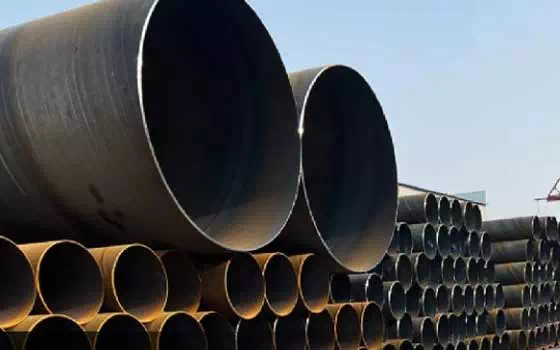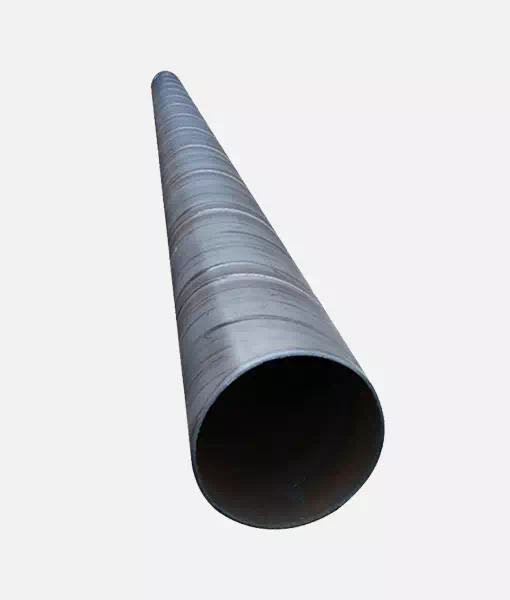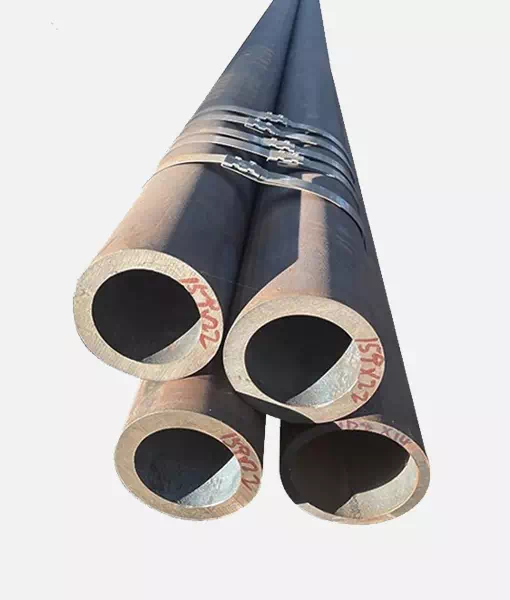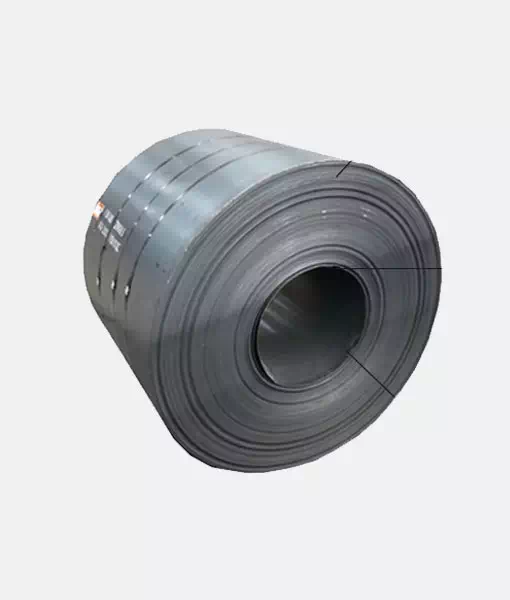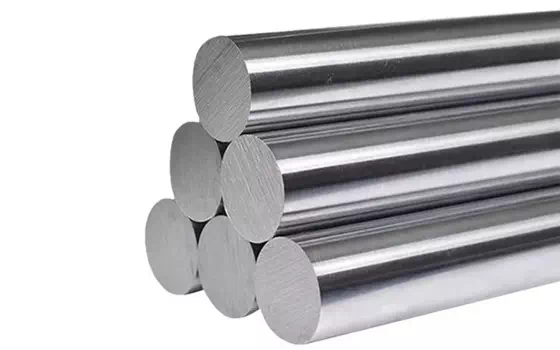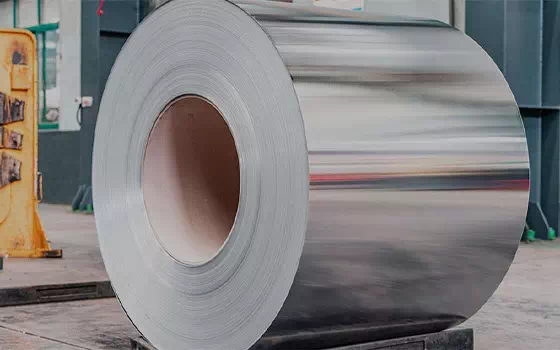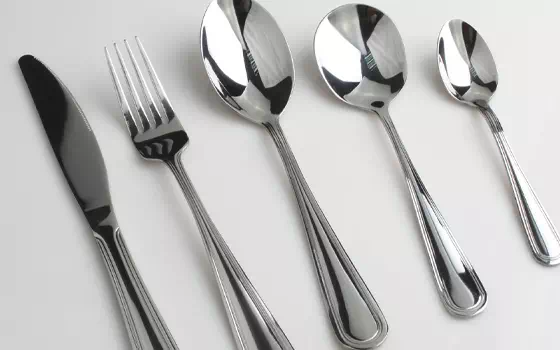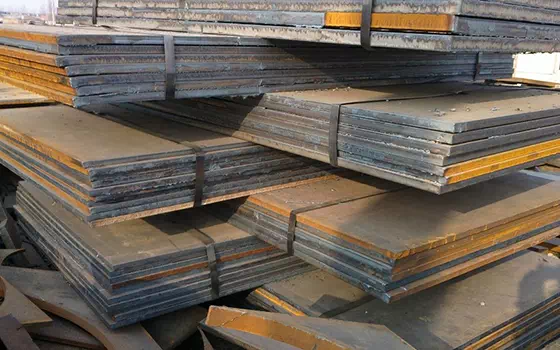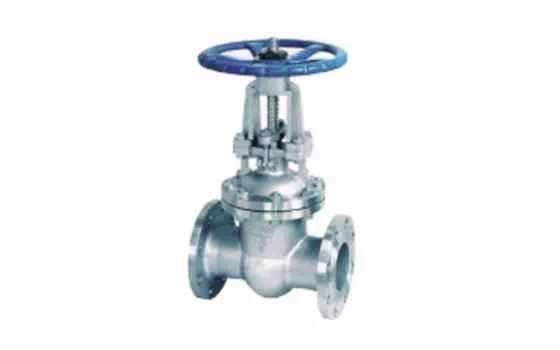The hardness of steel is closely related to its internal structure, especially the dislocation in the structure. Dislocation is a kind of microscopic defects in steel, and their existence and movement play a key role in the deformation behavior of steel.
The hardness of steel is closely related to its internal structure, especially the dislocation in the structure. Dislocation is a kind of microscopic defects in steel, and their existence and movement play a key role in the deformation behavior of steel.
When the steel deformation occurs, it depends on the dislocation slip in the steel to achieve. Dislocation sliding is the process by which a dislocation moves through the crystal structure, resulting in plastic deformation of the steel. However, when the dislocation density is very high, entanglement can occur between the dislocations, and this entanglement can inhibit the movement of the dislocation, resulting in a higher hardness of the steel at the macro level.
Rolling process is an important part of steel processing, it will produce a lot of dislocation in steel. These dislocations become entangled with each other, making the steel more difficult to deform, which leads to an increase in hardness. However, the dislocation is not static, they can cancel each other in the process of thermal motion, resulting in a reduction in dislocation density, so that the steel softening.
Temperature has a significant effect on the behavior of the dislocation. At high temperatures, the dislocations are more likely to cancel each other out, so the softening effect is more pronounced. This is also why the hardness of hot-rolled steel is generally lower than that of cold-rolled steel. However, if the content of alloying elements in the steel is high, and the hot rolling cooling rate is fast, the cooled steel may be transformed into martensite. Martensite is a structure with high strength and hardness, and there are also a lot of dislocations in it, which will make the overall hardness of the steel higher. However, under normal circumstances, hot-rolled steel will inhibit the production of martensite by controlled cooling, so that it will not show higher hardness.
Compared with hot rolling, cold rolling is carried out at a lower temperature, which allows cold rolled steel to obtain better surface quality and dimensional accuracy. However, lower rolling temperatures also greatly increase the rolling stress required during rolling, so the thickness of cold-rolled steel is usually smaller. Hot rolled steel is more suitable for the production of medium and thick plate products.
At the end of cold rolling, the internal stress and hardness are usually reduced by heat treatment. This heat treatment can adjust the structure and properties of the steel so that it meets the required requirements. Therefore, cold rolled steel does not show high hardness.
As for why the cold-rolled plate will make people feel softer, I think it may be because the cold-rolled plate is thinner than the hot-rolled plate, and the structural stiffness is poor, so it appears softer in the feel. But in fact, the hardness difference between cold-rolled and hot-rolled plates mainly depends on their processing technology and internal organizational structure.


